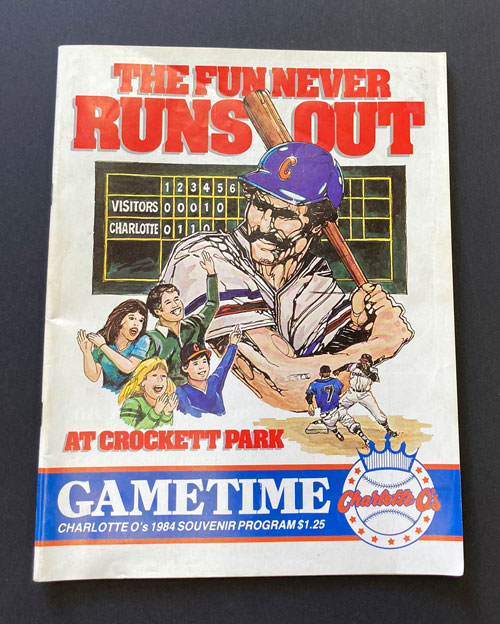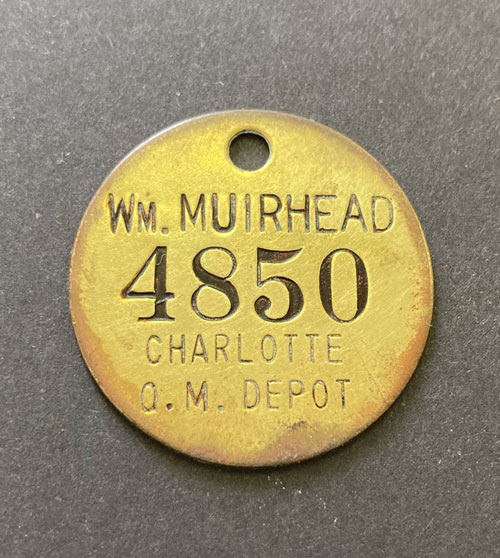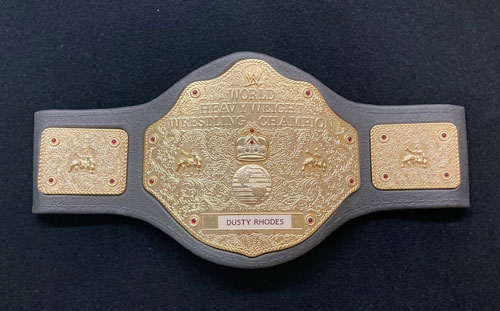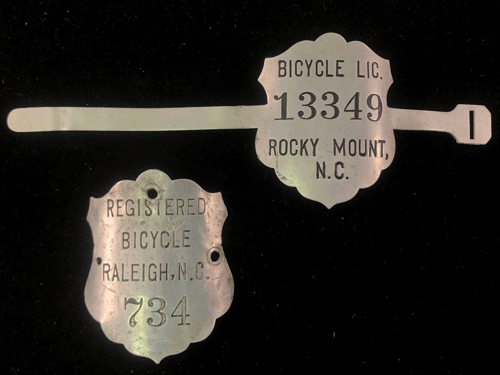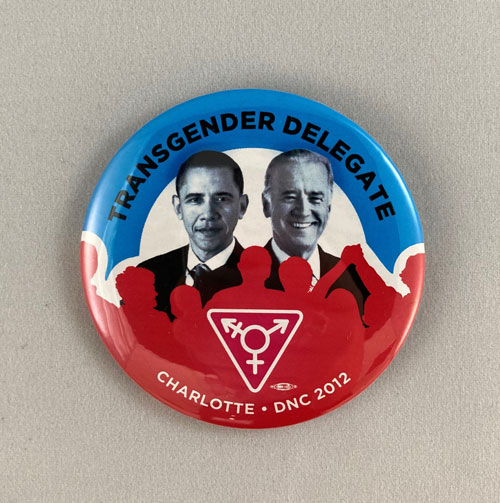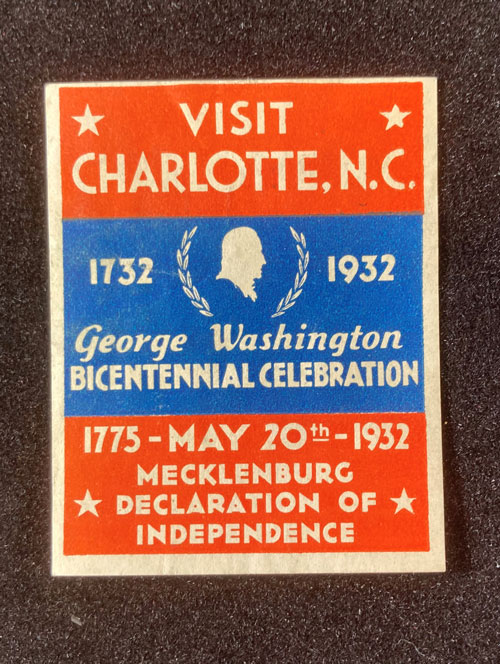“A final [Southern League] championship came to Crockett Park in 1984 — a joyous moment in the face of a tragedy to come. After a March 1985 high school playoff game, three juveniles came back to the ballpark and burned it down.
“The O’s would play that season in a makeshift stadium of 5,000 bleacher seats while a new ballpark was being built for them in Fort Mill, S.C. In 2014 the team (by now renamed the Knights) returned to Charlotte to play in downtown’s Truist Field.”
— From digitalballparks.com
I remember vividly the night the fun finally ran out at Crockett Park. It was barely a mile from our house, and smoke and charred paper filled the air for hours.

